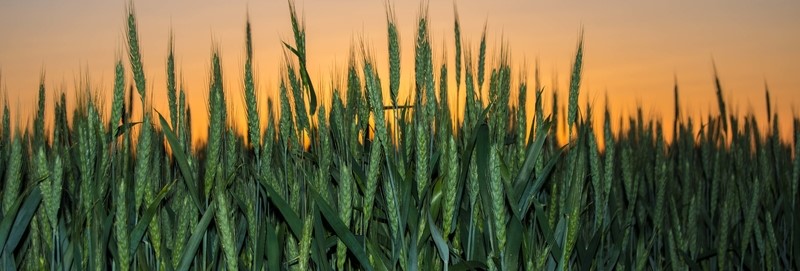Nematodes are classified into its own phylum which encompasses thousands of differing species. Microscopic in size, the majority of these soil-dwelling wormlike species are parasitic to plants and one of the main causes for crop damages. As a result, nematicides are a niche but relevant part of the crop protection industry. The 2016 crop year alone saw global sales of nematicide products reaching almost a billion dollars, according to the Global Nematicides report from Kline. Profiling 13 key countries, this report offers in-depth analysis into the main parasitic nematodes, the crops affected, and the products used for the control of these species.
While there are numerous nematode species, the majority can be grouped into several types, including the most common plant parasitic ones—the root knot, lesion, stubby root, and cyst nematodes. Nematodes frequently affect the development of the crop, damaging the roots, stunting growth, and causing discoloration and distinctive markings on the final crops. Vegetables are the leading crop group affected by these species, accounting for almost half of the sales in 2016. However, corn crops have the highest individual crop sales, predominantly because of its high volume planted globally, as it is a staple food crop in most countries.
Nematicide treatments are predominantly applied either with fumigants or through chemicals applied to the soil. On a global scale, fumigants are the leading product type, accounting for more than 40% of the total sales. However, the use of fumigants is country specific as many countries ban or limit the use of these products and tend to rely more heavily on chemical controls. The leading active ingredients used for treatments include Carbufuron, Fosthiazate, and Abamectin. Biological treatments through the use of fungal-based ingredients are slowly gaining market share as an alternative to the loss of chemicals being withdrawn from the market. These are good for the rising organic market. Currently, biological treatments account for less than 20% of sales and are more popular for the fruit crops segment.
The significance of these treatments towards preventing excessive yield damage will ensure that the nematicides market continues to grow in the next few years. However, the constant changes to regulations for the use of chemicals can limit growth in the market. Kline predicts that the global market will grow at a compound annual growth rate of 2% annually over the next 10 years, with North America expected to experience the highest growth.

